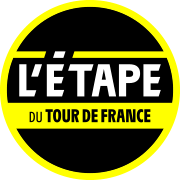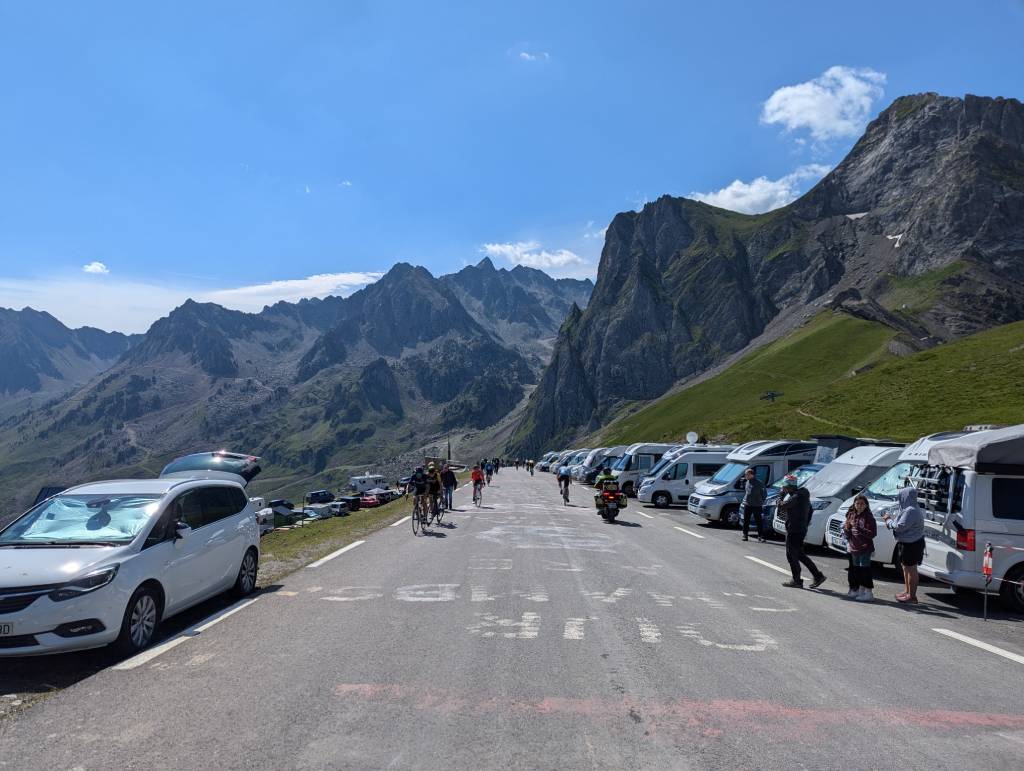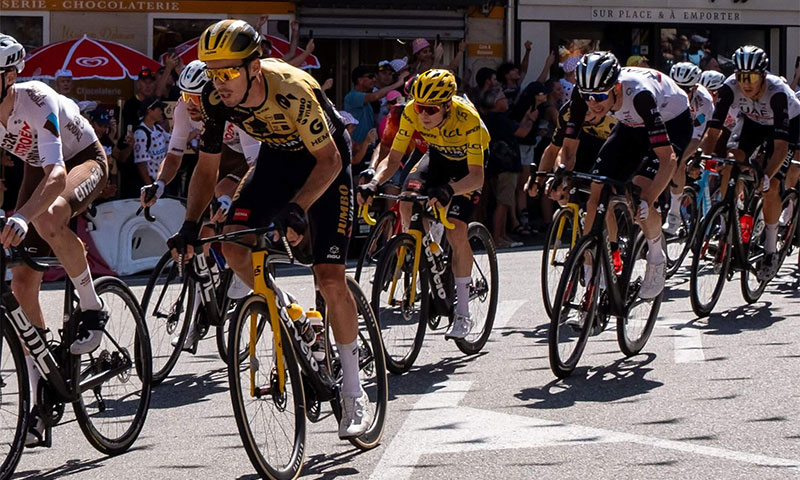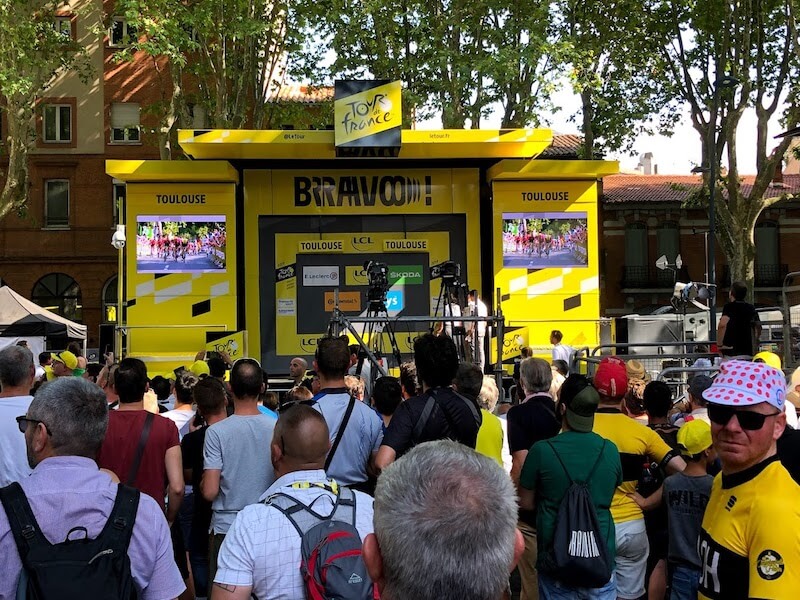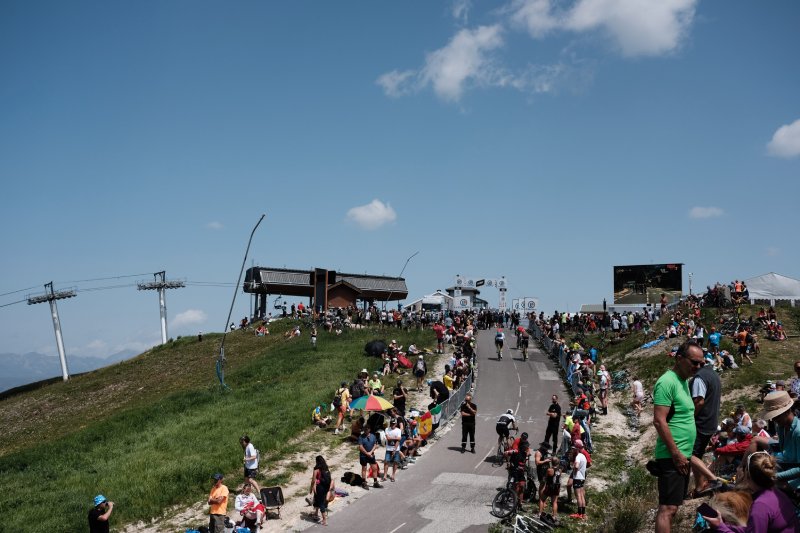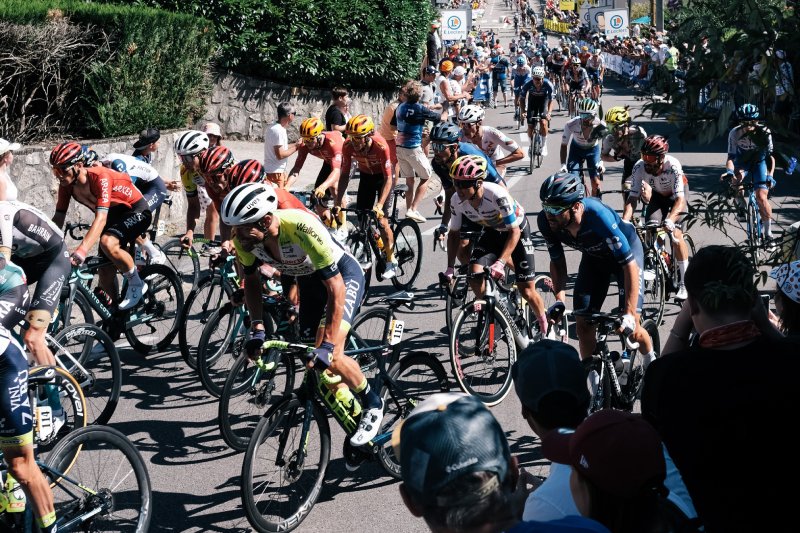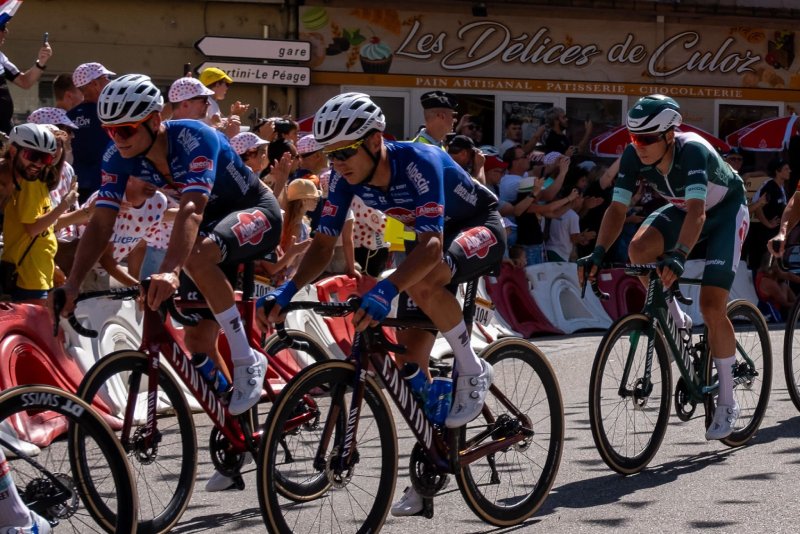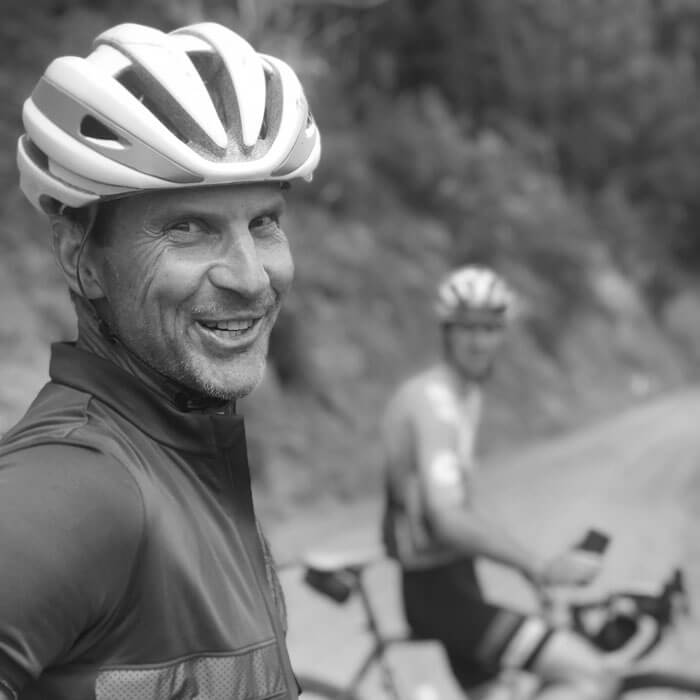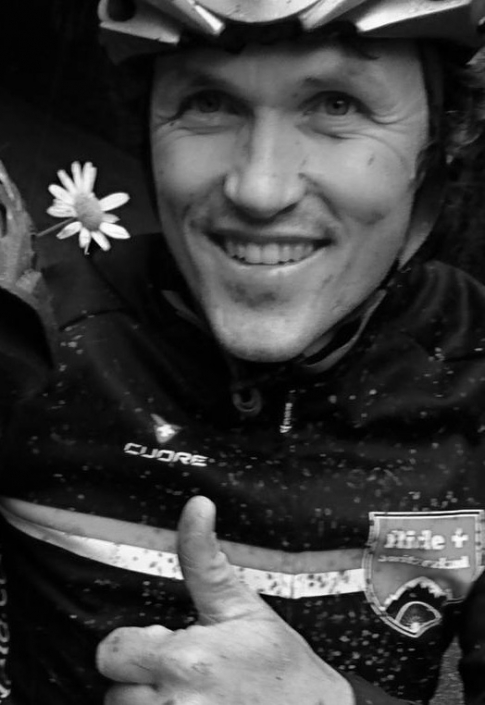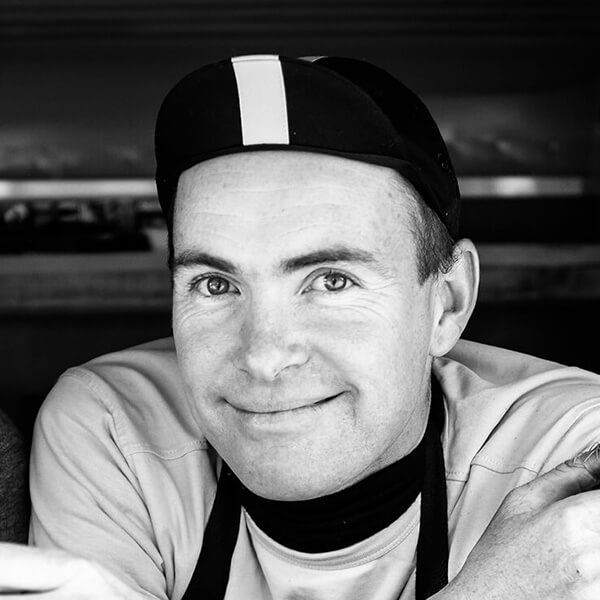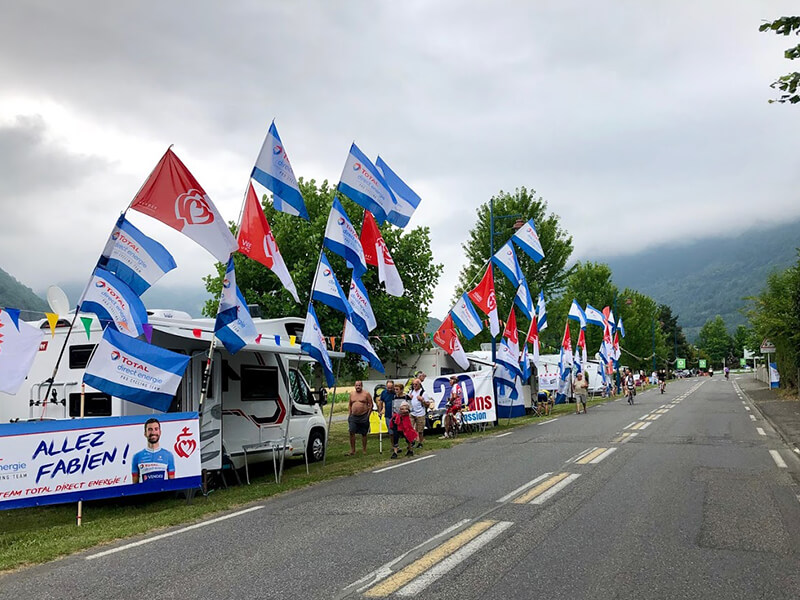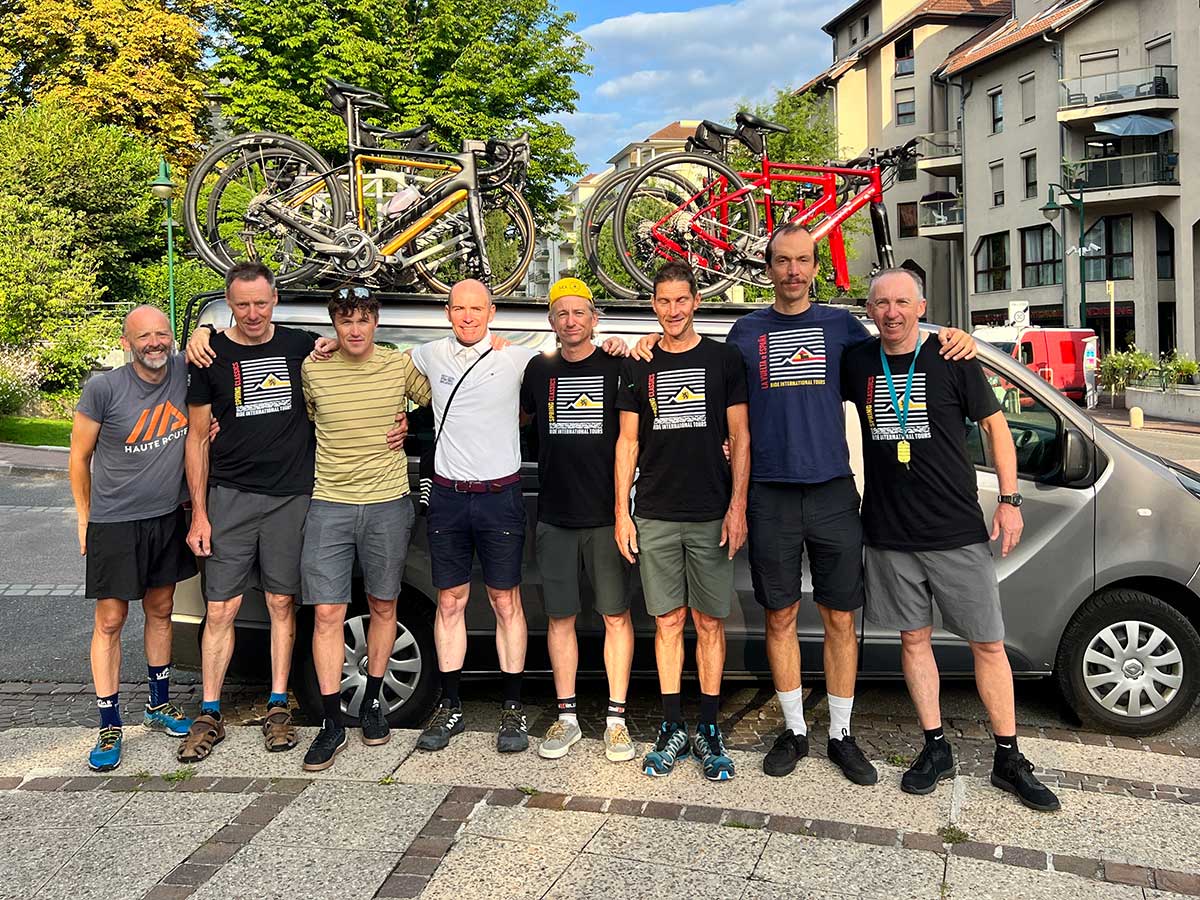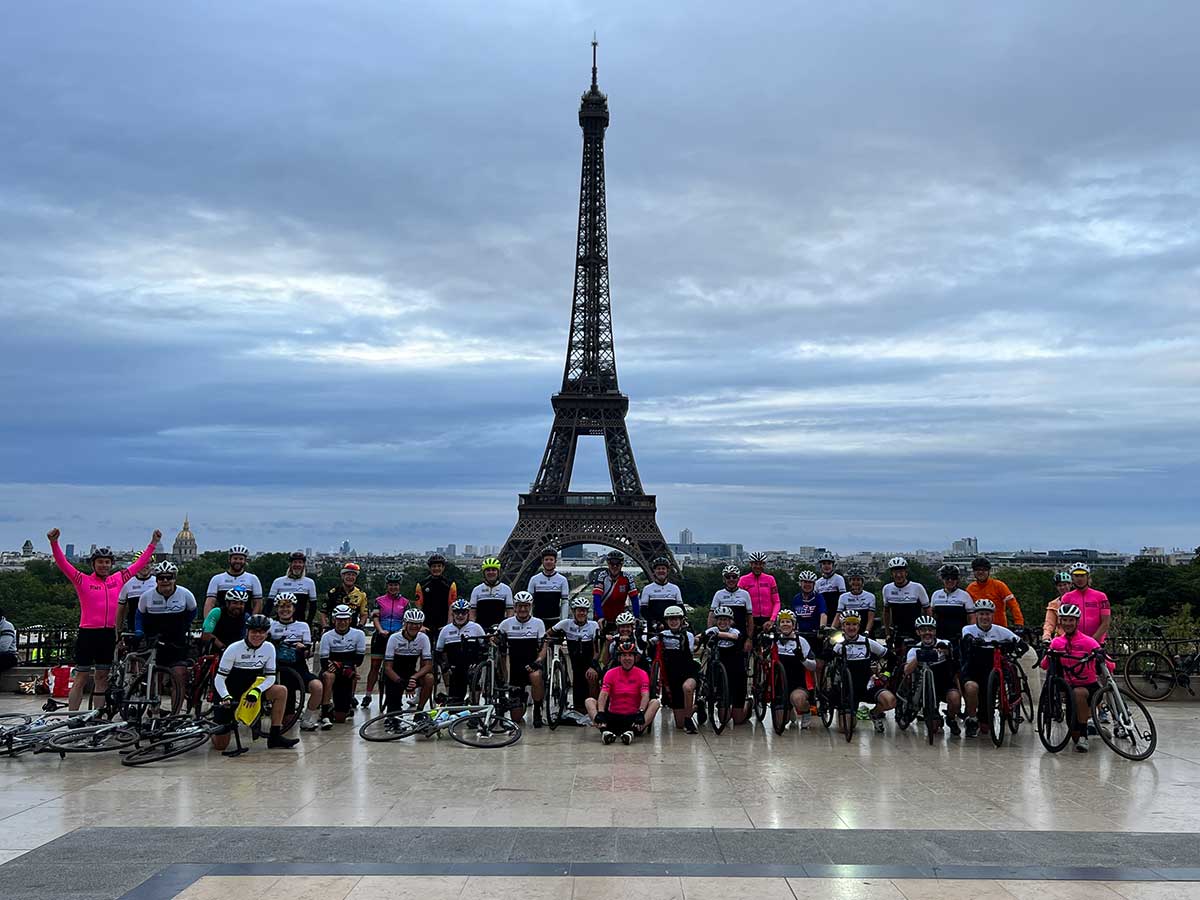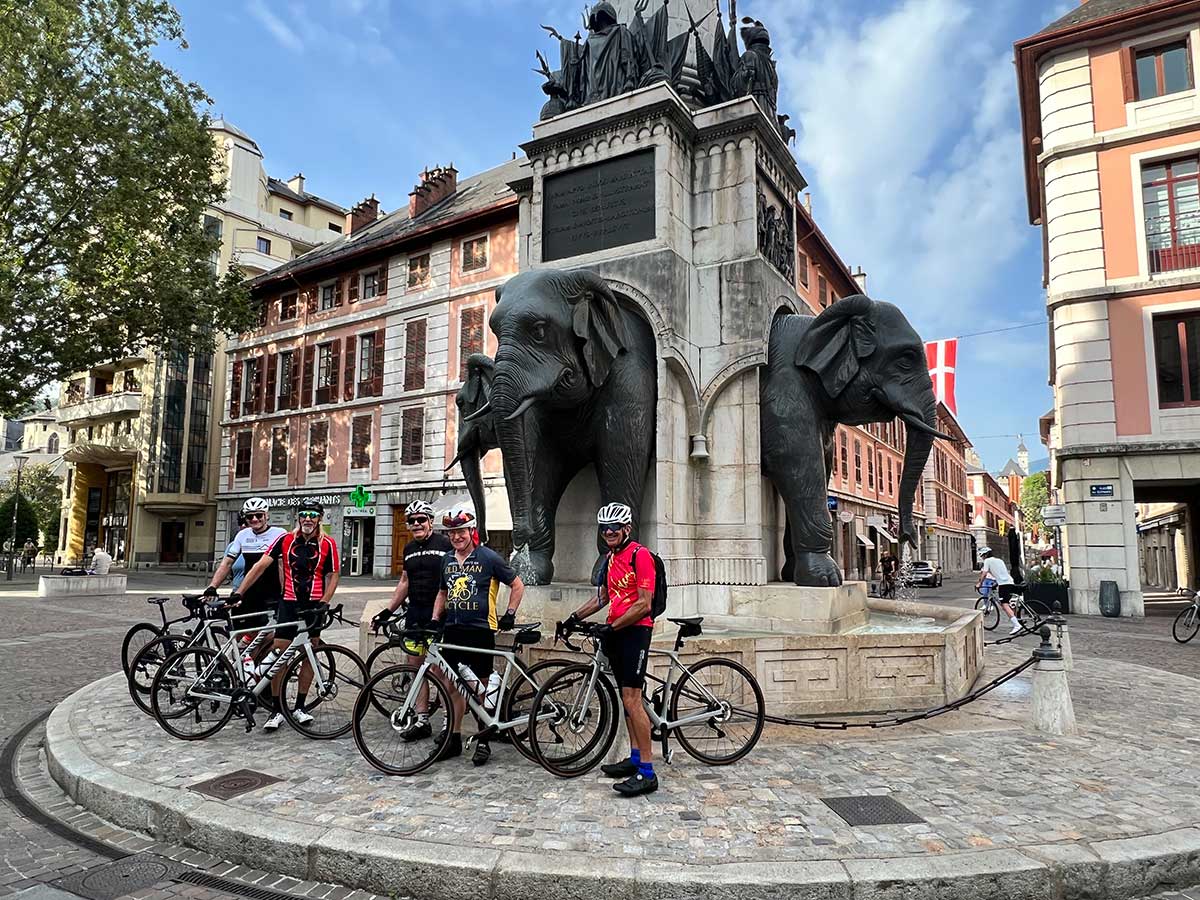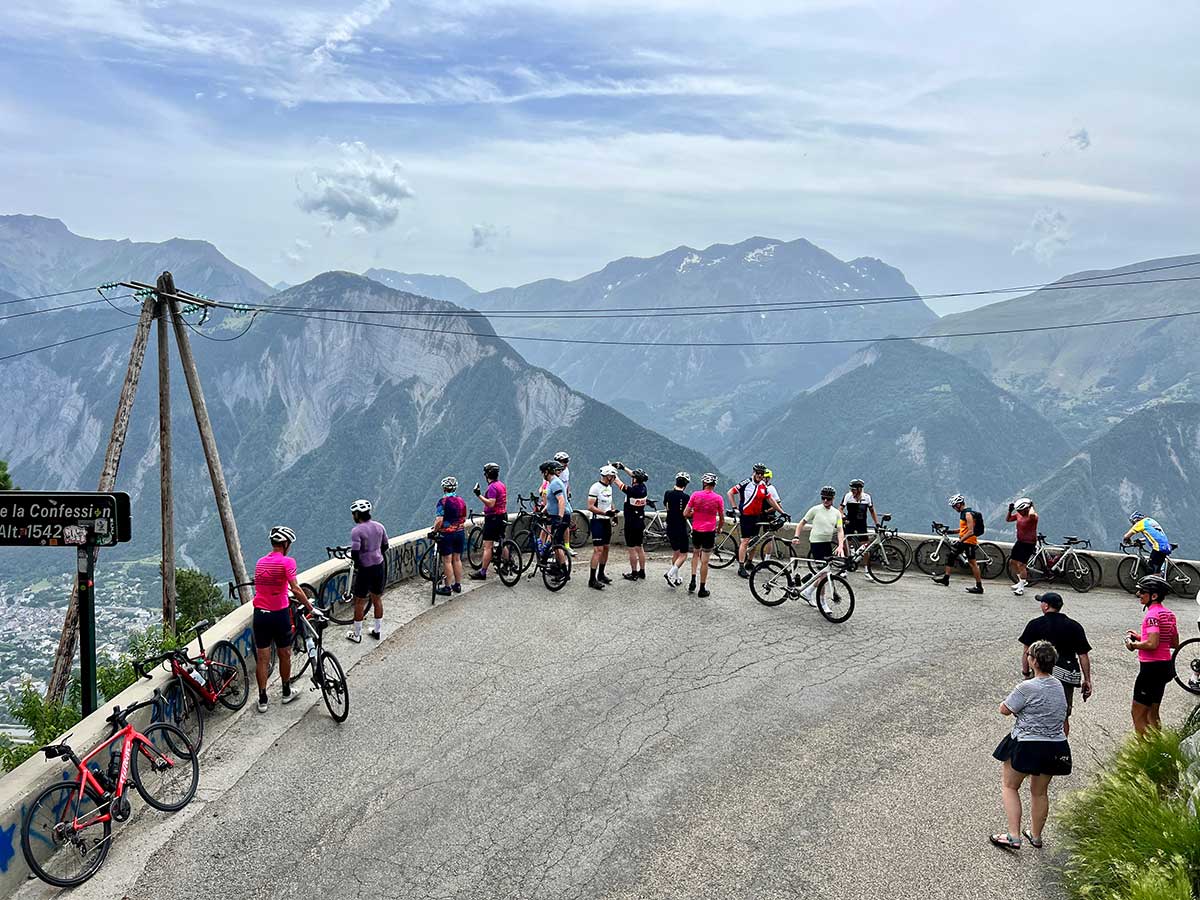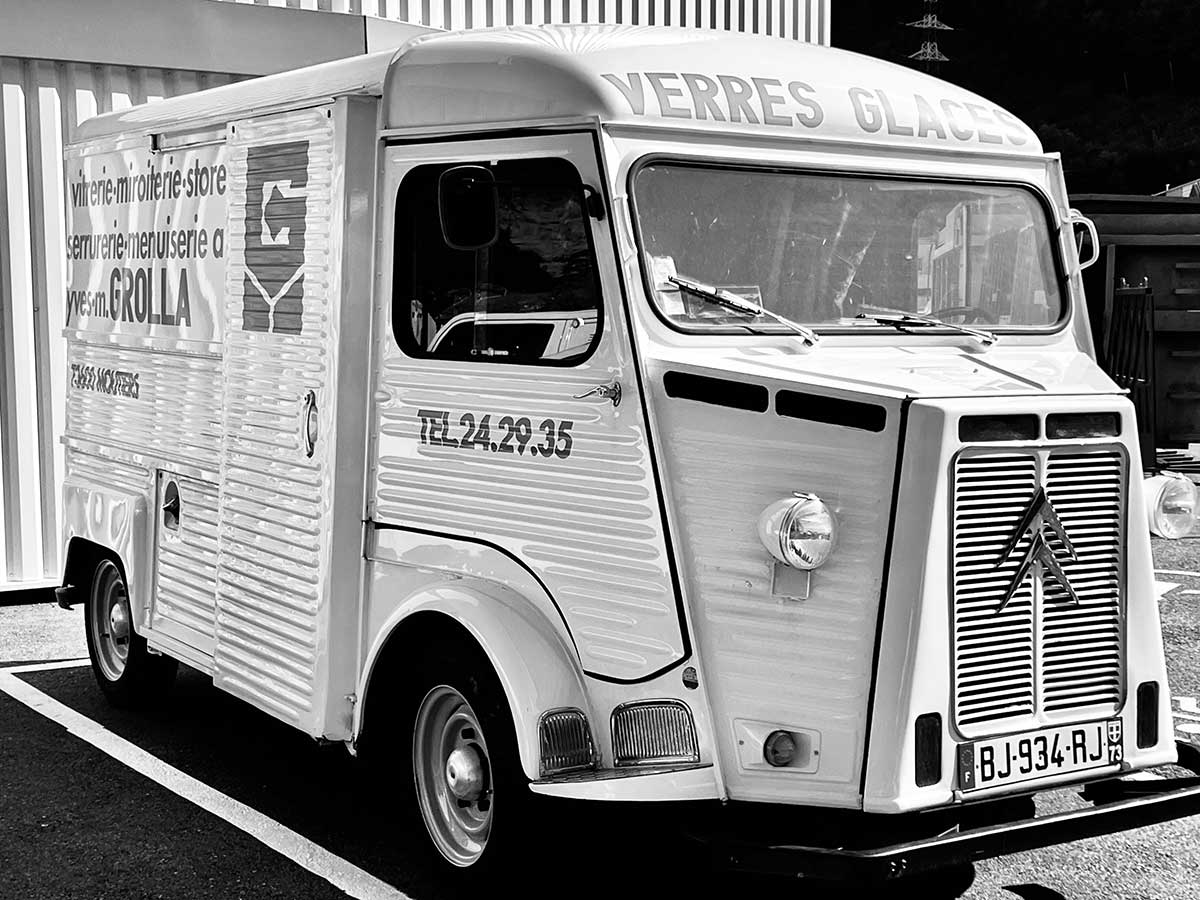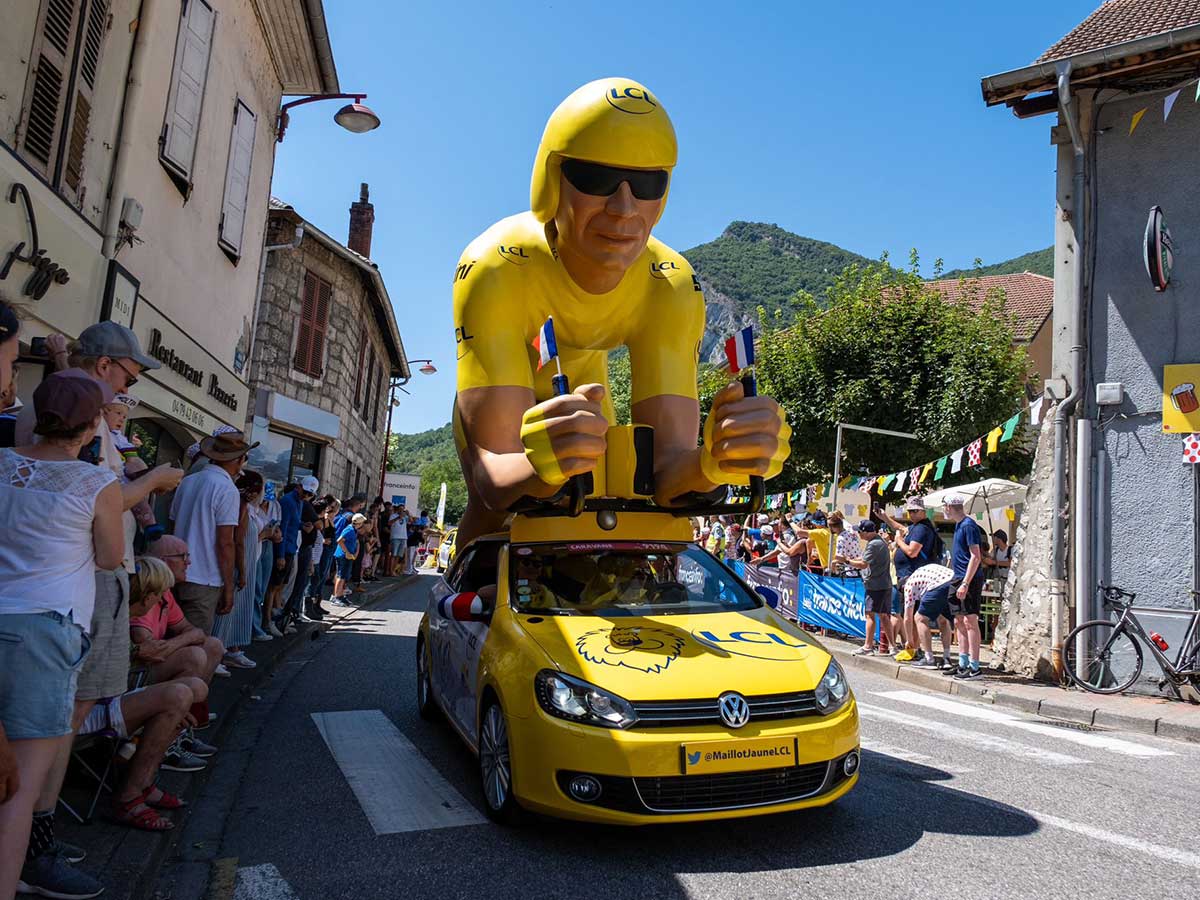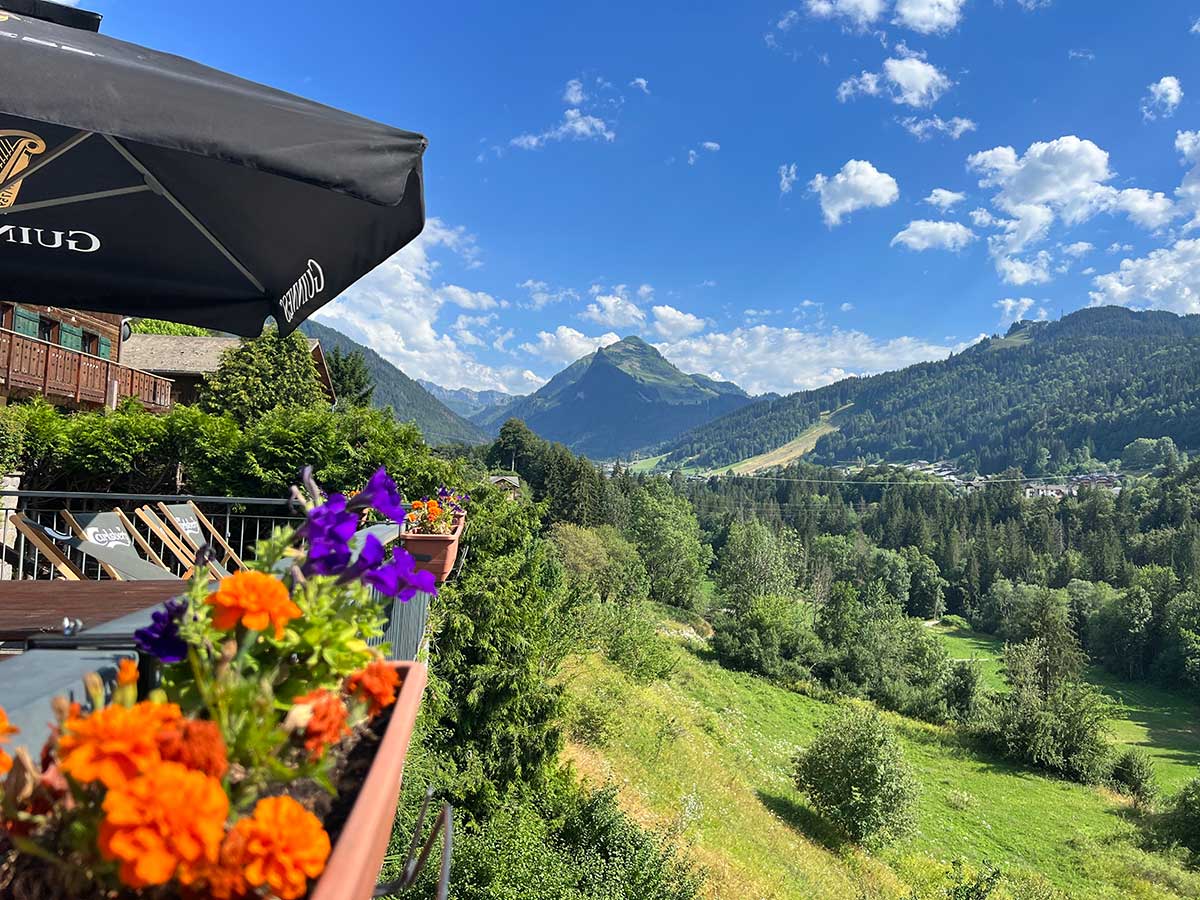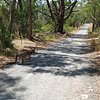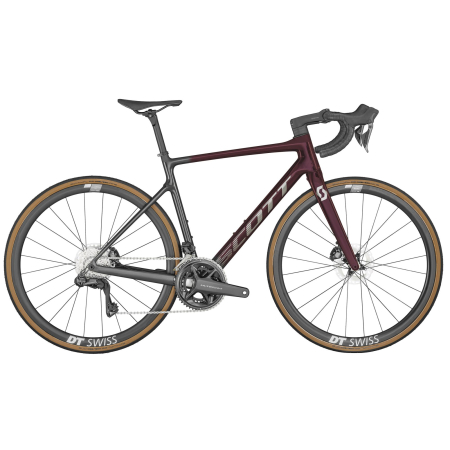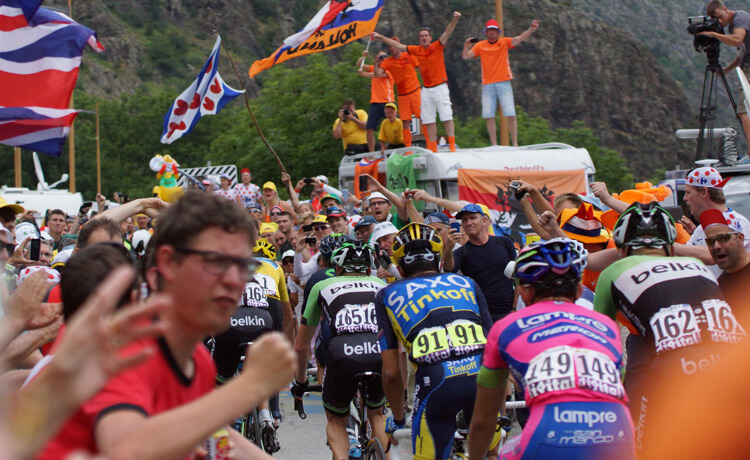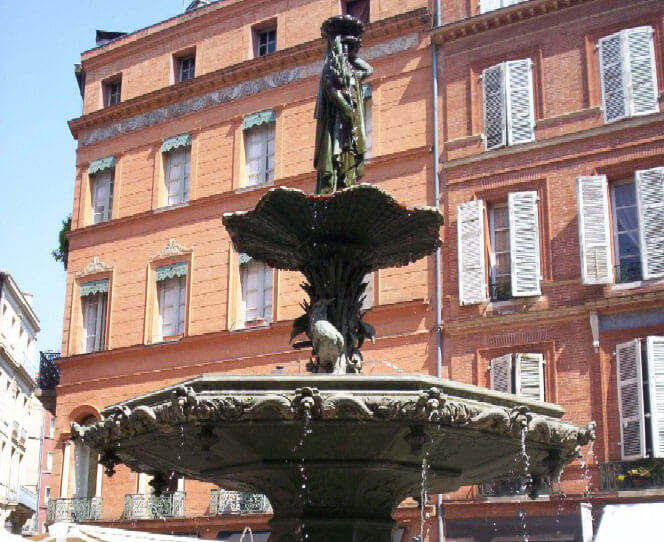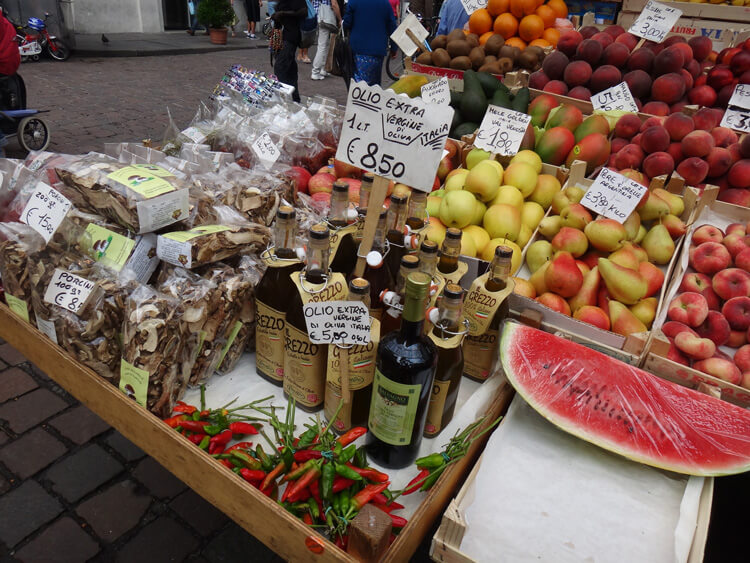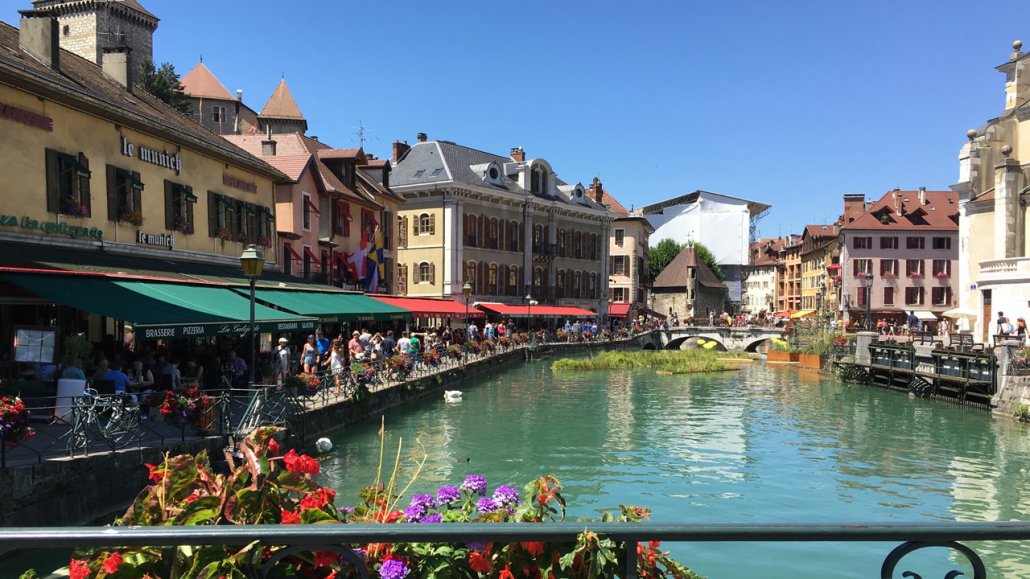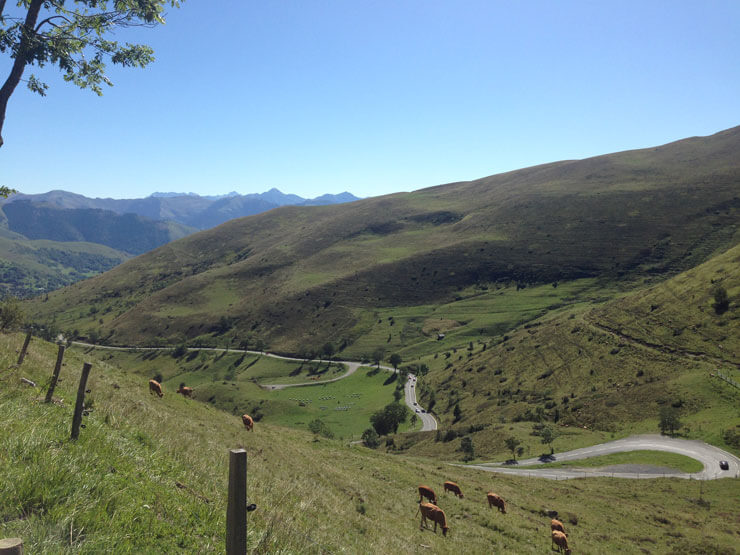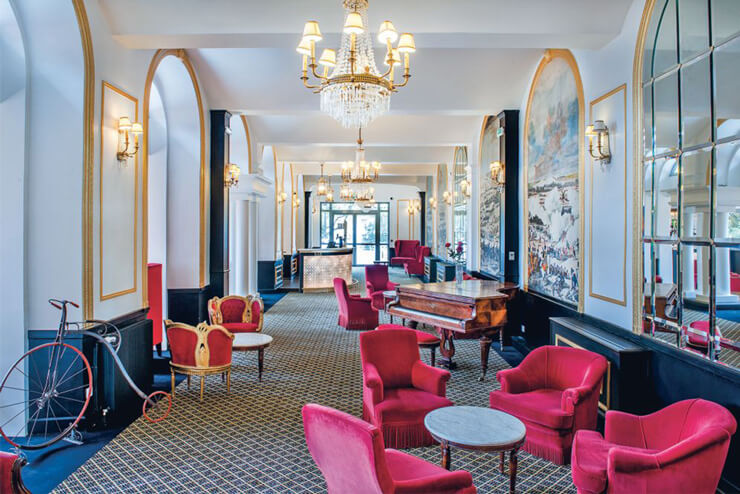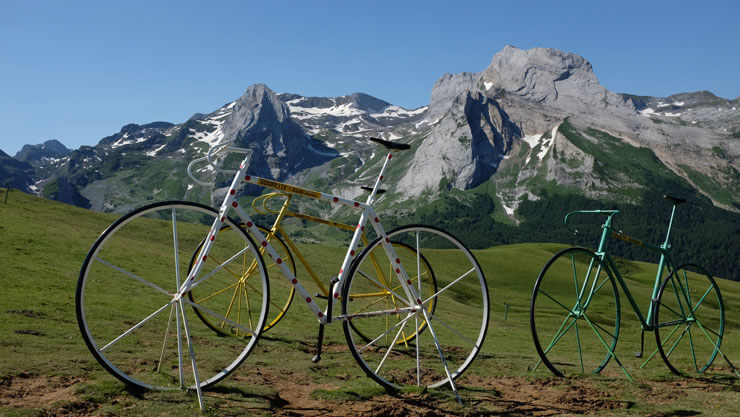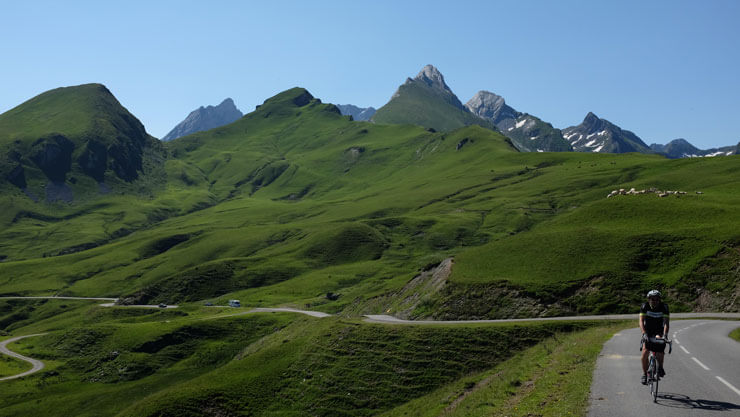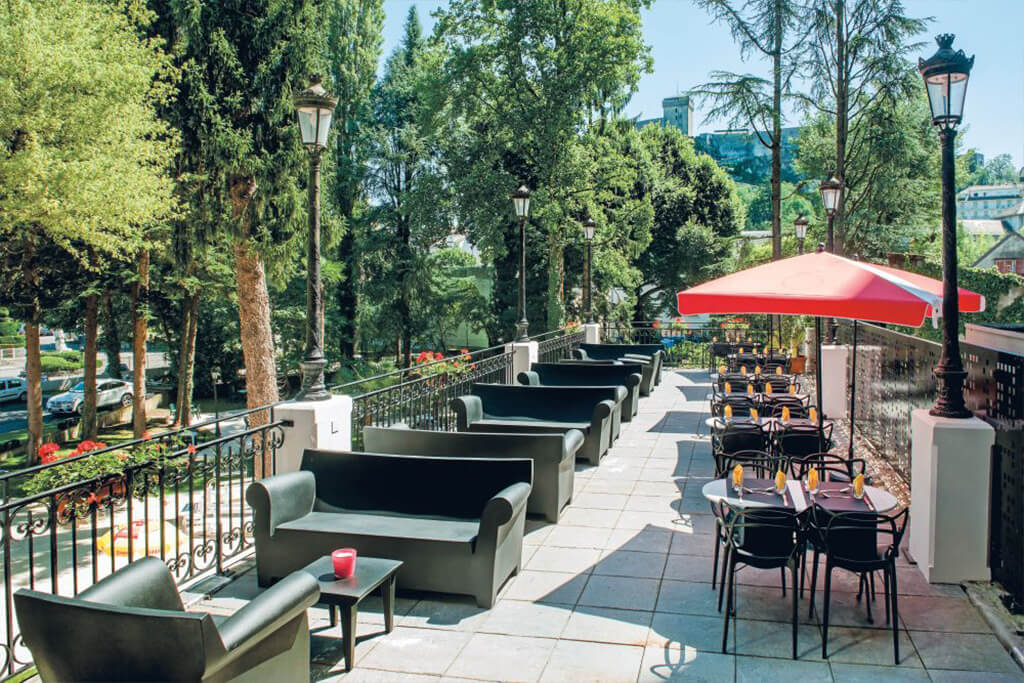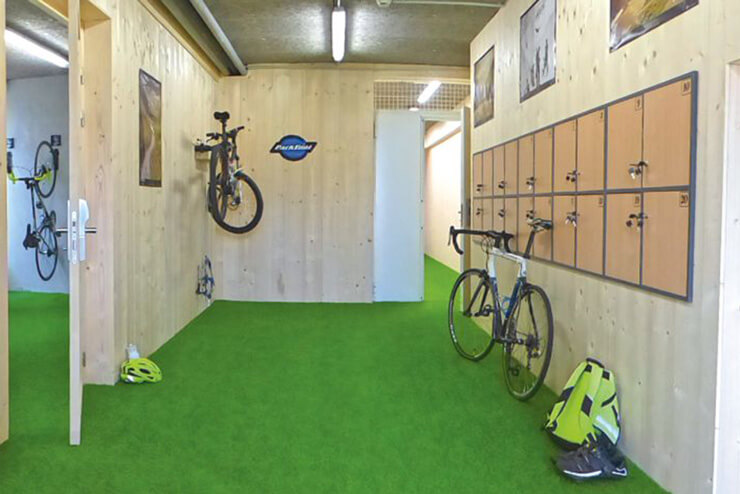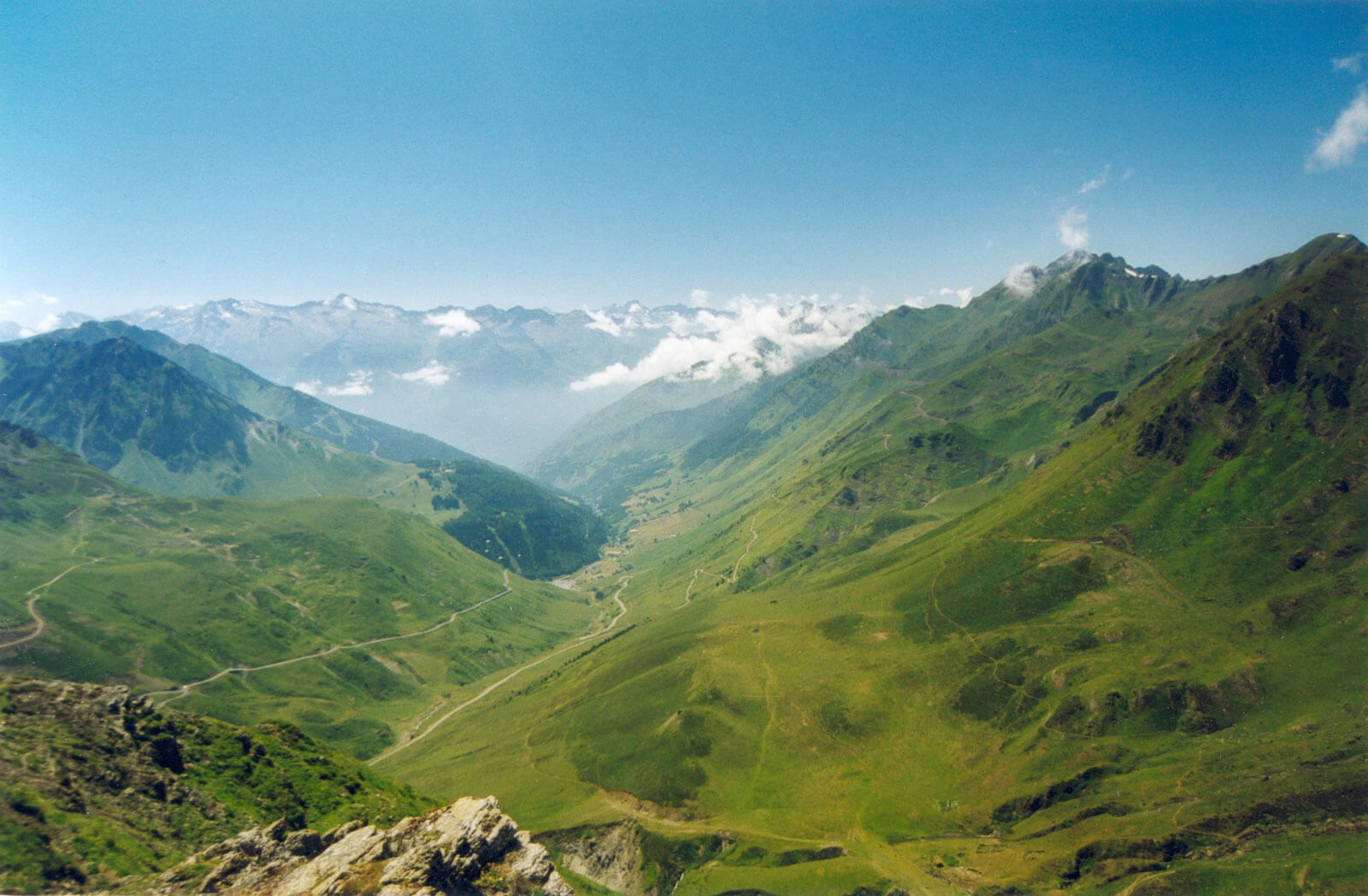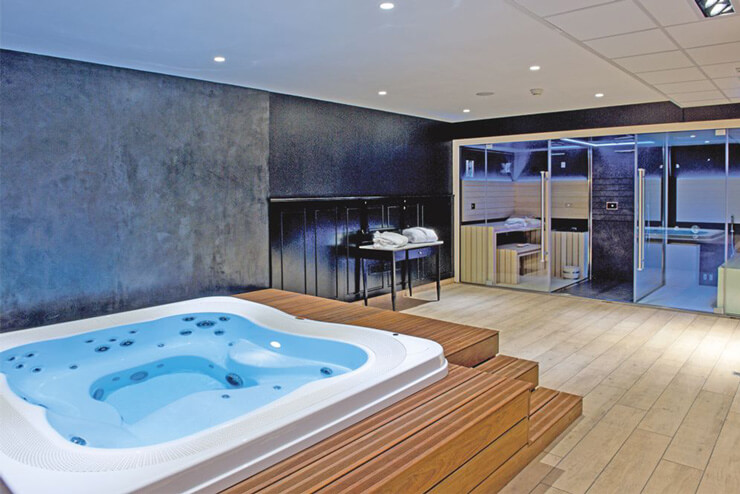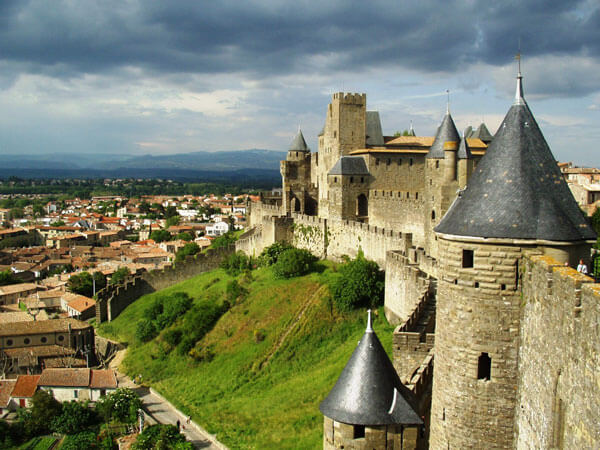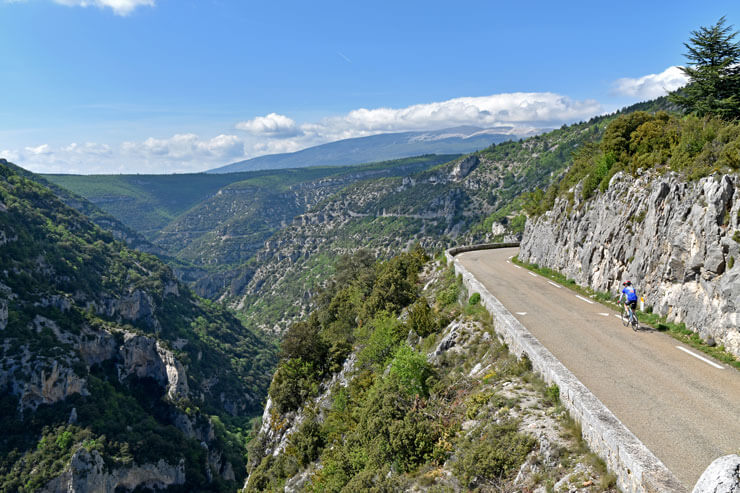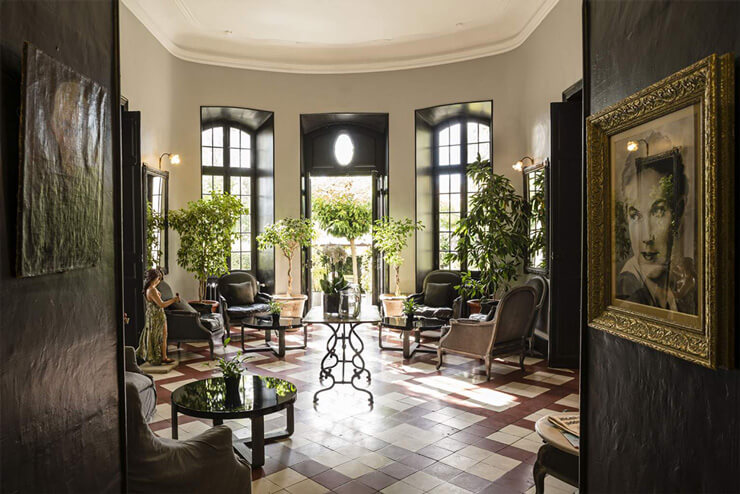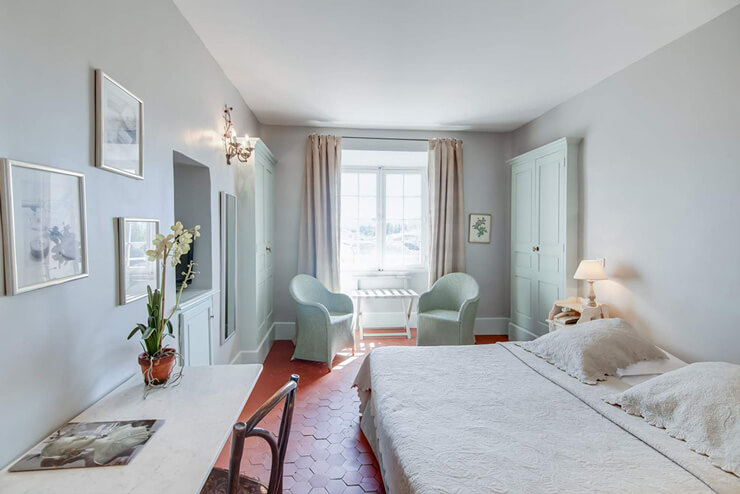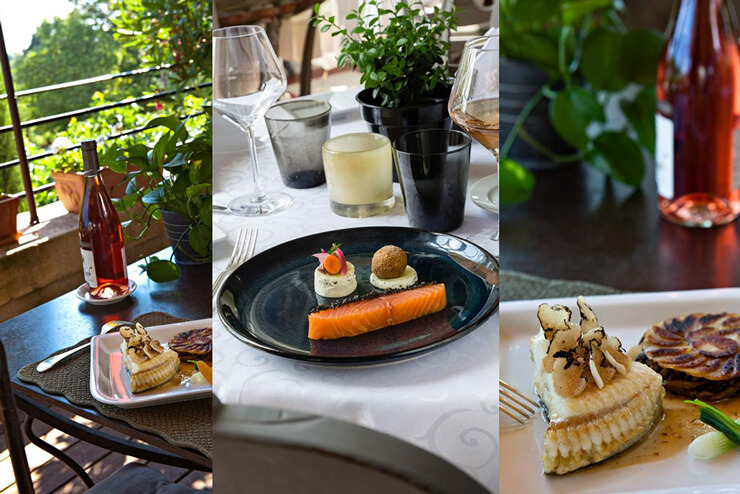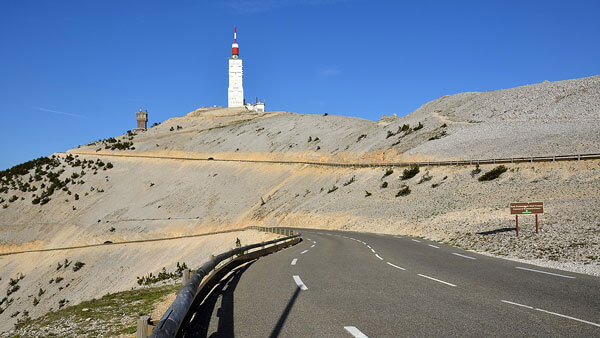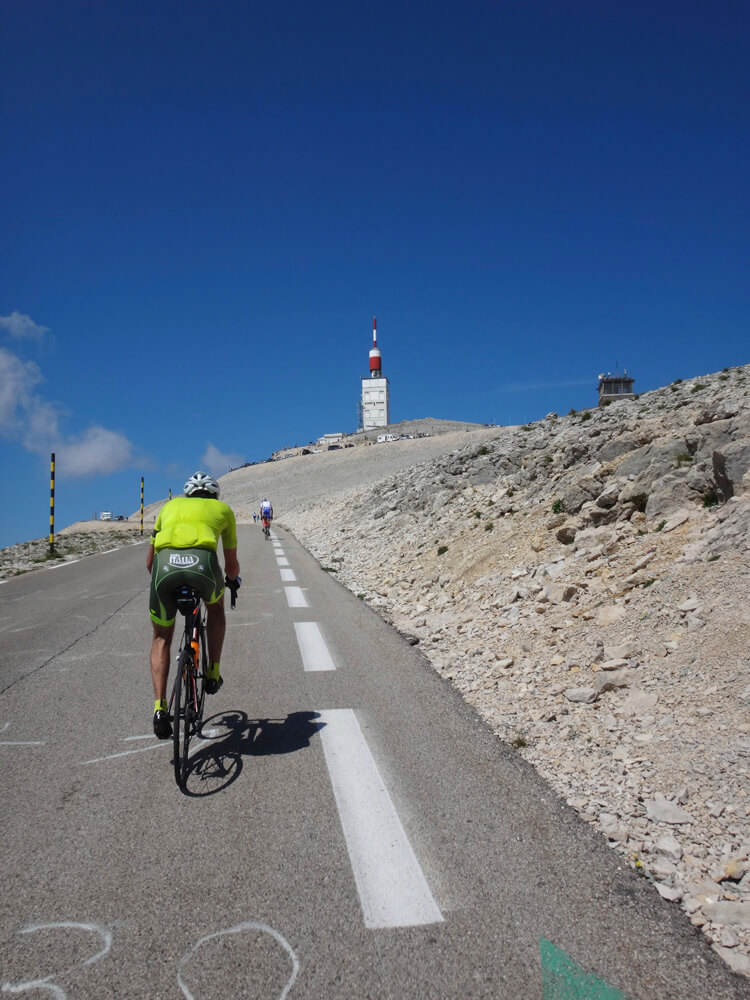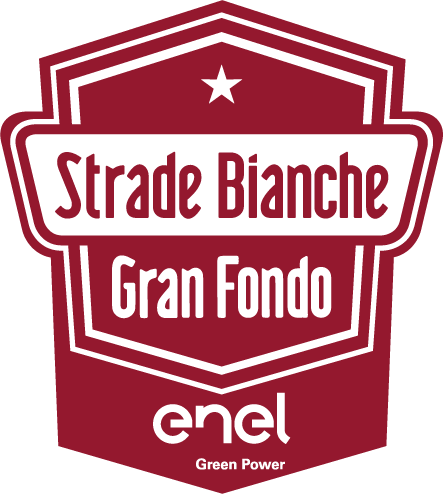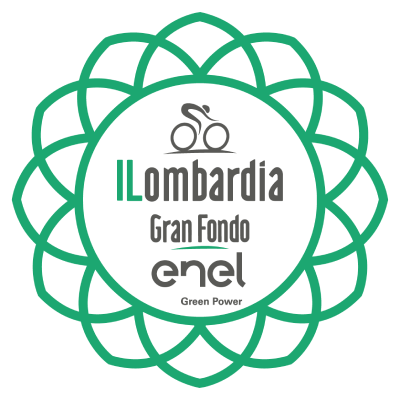DAY 4 – MONDAY 7TH JULY, 2025
Tour de France: start [*and finish] – Paris-Roubaix. Experience – Last Post Ceremony at Ypres
Ride Distances: 35km – 105km Climbing: 115m – 300m
TDF: Stage 3: Valenciennes – Dunkerque, 178km, Flat
See Race: Yes: Start and Finish
Non-Cycling: TDF race start at Valenciennes [*and race fnish Dunkerque]
Meals: Breakfast
Timeline*
7:00am Breakfast room opens
8:15am Vehicle departs our Hotel for Valenciennes (approx. 1hour transfer]
9:30am 105KM Ride starts at Valenciennes 75km Ride starts at Valenciennes
12.30- 1:00pm [Time TBC] Race Start at Valenciennes
1:30pm Transfer towards Templeuve (approx. 30min)
2:00pm Start of our ride at Templeuve (35km)
2:00pm Vehicle Transfer toward Velodrome Roubaix (approx. 30 mins)
3:00pm Explore the mythical showers and Velodrome Roubaix
3:30pm Transfer towards Dunkerque (1hour30mins)
5:30pm See race Finish at Dunkerque
6:00pm Vehicle departs for Ypres (Transfer approx 1 hour)
7:00pm Explore the town of Ypres, informal Dinner
7:45pm Regroup at Menin Gate
8:00pm Last Post Ceremony
* The schedule as well as the tmeline is very much subject to today’s ofcial start tme. The ofcial start tme is not yet known to date, as soon as we have the informaton we’ll provide clarifcaton in our fnal itnerary
More about our day
Tour de France meets Paris – Roubaix Experience.
Today we have a bold plan yet we’re going to require a lot more detail from the race organisaton in regards to the days stage tmings, stage route etc prior to confrming the fnal plan. Yet we’re going to try and pack a lot into a Tour de France day, our aim at this early stage is a very lofy goal, we’re going to put it out there and then re-asses this lofy goal when we have the ofcial tming of the days stage start, fnish etc are supplied to us.
The plan as it stands is to transfer to Today’s TDF stage start town of Valenciennes, here you’ll either depart on your bike for Ride Opton 1: 105km – Ride Opton 2: 70km, or explore the town of Valenciennes prior to seeing Today’s TDF stage start. Afer the stage start experience, we enjoy the Paris Roubaix cobbles, then transfer again to today’s stage fnish in Dunkirk. Should we need to adjust the program we’ll update everything in the fnal itnerary.
Beautfully cobbled, epic, iconic. Today we have our Paris-Roubaix experience planned for you, yet you have the chance to ride and experience it in summer.
Paris – Roubaix is perhaps the most known one-day Monument in cycling. This cobblestone Spring Classic, always ridden a week afer the Tour of Flanders, is sometmes referred to as “The Hell of the North”. On today’s longer ride you’ll experience the legendary cobblestone sectons: Troué D’Arenberg, Carrefour de L’Arbre, Mons-en-Pévèle.
We conclude an acton packed day with a visit to Ypres and atending the “Last Post”- Ceremony to the fallen solders of WW1, it’s held each day at 8.00pm under the Menin gate.
Non-cycling optons
Visit Valenciennes and experience the start of Stage 3. Afer the race start we’ll contnue towards Dunkerque at the Northsea. But before diving into the tragic history of Dunkerque we’ll pass by The Velodrome at Roubaix, where history is writen by many cyclists. If tme permits, we’ll make a quick visit to the iconic showers at Roubaix.
At Dunkerque we’ll watch the thrilling fnish of today’s sprint stage, while eatng a “Garnalenkroket”.
Afer the race we transfer to our hotel via Ypres and the Menin Gate to experience “The Last Post Ceremony”, a moving tribute to the fallen soldiers of WW1.
Our Rides: 35km – 70km – 105km
Climbing: 115m – 250m – 305m
Today is our “Hell of the North” experience. Although there is hardly any elevaton in our rides today, this day is defnitely a highlight for this tour
Ride Opton #1: 105 km – 305m
Today, our longer ride starts at Valenciennes, we’ll need to commence our ride prior to today’s TDF stage start, we’ve got a lot to get through, we’ll follow the fnal of the one-day monument: Paris-Roubaix.
Afer only 10 km we’ll hit the forest of Arenburg. Maybe the most known cobble secton in the world. From there, we zig-zag our way to the Roubaix velodrome. At Templeuve, the other riders of our group will join and ride the four and fve stars secteurs (Carrefour de L’arbre, Camphin-en-pévèle,…) to the Roubiax Velodrome
Ride Opton #2: 70km – 250m
Similar to Opton 1 Ride, we start our ride at Valenciennes, yet we take a more direct route towards Templeuve. We ride a similar course and tackle the forest of Arenburg. and ride the four and fve stars secteurs (Carrefour de L’arbre, Camphin-en-pévèle,…) to the Roubiax Velodrome
Opton #3: 35 km – 115m
At Templeuve we start our short ride opton for today, yet rest assured: there are stll plenty of stars that will fall from the sky in the form of sector ratngs: Carrefour de L’arbre*****, Camphin-enpévèle****, Gruson***,…
*Optonal extra ride optons aren’t available today – you’ll thank us for this.
What to bring
Pack a daypack with your essentals to put into the vehicle with any specifc hydraton and nutriton you need, a towel, change of clothes, shoes etc for afer your ride.
Pack additonal cycling clothing, warmer type kit and warm layers to put in the vehicle, yet if the weather is looking cool, you’re always best to have some warm kit with you in a handlebar bag. We’ll talk about the weather forecast again prior to departng so you can be well prepared.
About the race
Notes from the Race Director:
Startng on fairly sheltered roads, the route will cross the coalfelds initally to reach the intermediate sprint at Isbergues, a major cycling venue in northern France. Afer climbing Mont Cassel, the fnal 35 kilometres through the vast expanse of the Flanders countryside will be exposed to the wind. The leaders will need strong team-mates around them for protecton just in case echelons form.
The fnale will be decided by the strength and directon of the wind: the peloton will either split into several groups, or there’ll be a bunch sprint. If this second eventuality plays out, the fnish locaton, close to the Marcel-Tribut stadium, will provide the ideal setng for a showdown between the sprinters.
Tonight’s Soiree
Late today afer the race fnish, we head towards Ypres in our vehicles. We’ve kept this evening as free program.
Informal evening tonight for dinner in Ypres – prior to our visit to “The Last Post” ceremony. Time constraints considered, tonight may be a good opton for a quick and cheerful type dinner near to the Menin Gate so that you arrive in plenty of tme for the ceremony.
The Last Post memorial is every day atended by a big crowd. So, if you want to see the Buglers play from the front row it’s best to come at least ffeen minutes in advance.
Fun Facts!
The Paris Roubaix course is maintained by Les Amis de Paris–Roubaix, a group of fans of the race formed in 1983.
The forçats du pavé seek to keep the course safe for riders while maintaining its difculty.
Cycloslang – Echelons
In cycling, echelons are diagonal lines of riders that stretch across the road. They form when there’s a crosswind because the place to shelter from the breeze is no longer directly behind the rider in front, but rather behind and to the side of them. Due to their formaton, each echelon can only accommodate a limited number of riders.
Here’s how it works:
Crosswinds: When strong crosswinds hit during a race, they can dramatcally split the peloton, resultng in signifcant tme gaps between riders. Instead of the wind resistance coming directly from ahead, it hits at an angle, making the most sheltered positon to the side of the rider ahead.
Echelon Formaton: To take advantage of this, cyclists arrange themselves in an angled line across the width of the road. The lead riders positon themselves in downwind positons to protect from injury and reduce drag, while their teammates face the brutal horizontal forces of the crosswind. The cyclists at the front of the echelon ofen rotate, allowing them to exert maximum efort before recovering in easier positons within the formaton.
Tactcal Element: Teams can also use the entre width of the road to force others behind them to ride in the guter or form their own echelons further back. This can create gaps between echelons, leading to tme diferences over the course of the race. Failing to fnd the slipstream in an echelon requires riders to put in extra efort, which can lead to fractures in the peloton.
Crosswinds and echelons add excitement to races, but for riders, staying in positon and avoiding accidents can be challenging if they’re not part of the frontmost echelon.
In the Spotlight – Ypres
Although Ypres was already throughout the Middle Ages a thriving city, famous for its high-quality cloth producton. It holds immense signifcance due to its role in World War I.
Ypres was at the heart of several major batles during the First World War. The city became a focal point for both the Allied forces and the German army as they engaged in intense combat.
First Batle of Ypres (1914): This batle took place from October 19 to November 22, 1914. It marked the inital confrontaton around Ypres. Despite atempts at fank atacks, neither side achieved signifcant breakthroughs. The batle transitoned into the infamous trench warfare that characterized much of the war on the Western Front.
Ypres sufered immense destructon during the war the town was fatened, including iconic landmarks like the 13th-century Cloth Hall and the Cathedral of St. Martn were reduced to ruins by German bombardment. However, the city’s resilience and strategic importance persisted, everything you see in Ypres today has been rebuilt from the ground up, only piles of smouldering rubble were lef behind afer the war, it’s truly incredible on every level.
Ypres remains a poignant symbol of sacrifce and loss. Subsequent batles, including the Third Batle of Ypres (also known as Passchendaele), contnued to shape its history.
In summary, Ypres stands as a testament to the human cost of war, and the enduring spirit of those who lived through those tumultuous tmes. Its historic signifcance resonates even today.



